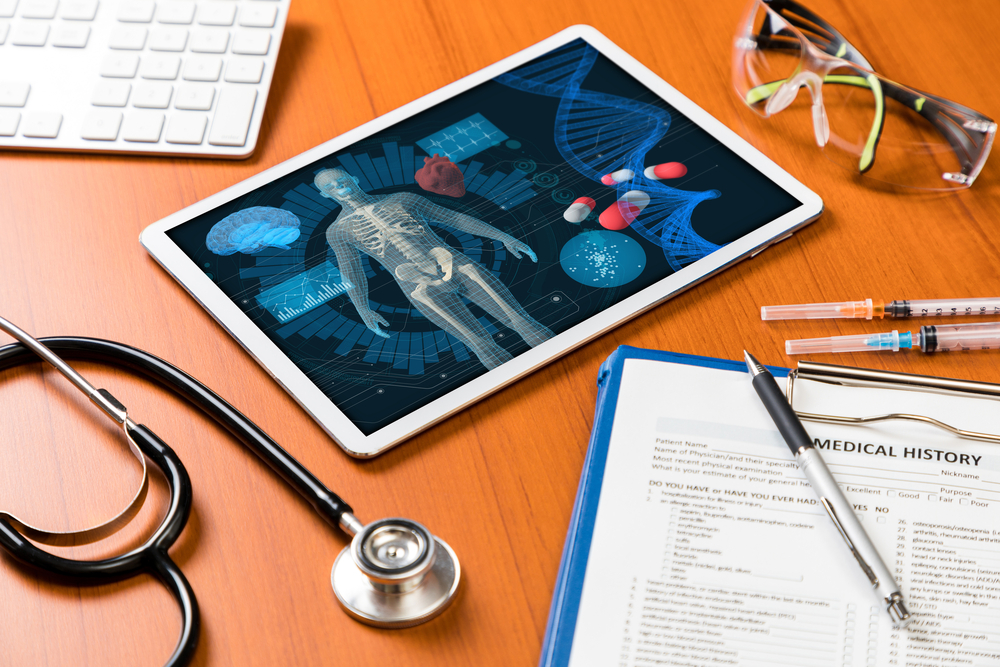Regenerative medicine is a widely under-noticed field of medicine that focuses on affecting immune response through the use of PRP and stem cells. Using stem cells to tame the immune response is a relatively new technology.It has only truly emerged within the last ten years. For people with chronic autoimmune conditions such as Parkinson’s disease, celiac disease, and multiple sclerosis, regenerative medicine may be able to help.
Regenerative Medicine Involving the Immune System
Stem cells are cells that haven’t yet been given a purpose by the body, and they are able to change into any type of cell based on the body’s needs. For example, the last time you cut yourself or broke a bone, your body used your undifferentiated stem cells to repair that cut or bone. As we get older, we use up our reserves, and so our ability to continue to fix things in the body diminishes, just when we need them most.
For several decades, stem cell treatment has been a hot topic within the medical community. It’s only been recent that innovations have made it accessible to some practices. Regenerative medicine works through stem cells, using those cells to stimulate the natural restoration of tissues, organs, and other bodily structures. Using and taming the immune response is a critical aspect of regenerative medicine..For those with degenerative diseases and autoimmune problems, removing the cause of those responses and triggering the immune system to rebuild tissue can be achieved through stem cells.
Currently, autoimmune conditions are treated with immunosuppressive medications. For many these treatments are often temporary ways to prevent these adverse effects. Stem cell therapy can help halt or severely diminish these reactions. It can help find the trigger that causes degeneration and remove the cause. So, how does regenerative medicine work? Calling immune cells to the scene with PRP and stem cells can be a difficult procedure, but it can be easily done in these steps:
Collecting Stem Cells: There are multiple sources that stem cells can be collected from. At our clinic, we focus on collecting adult autologous stem cells only to provide a safe and effective way of allowing the body to heal. These sources include:
- Adipose-Tissue Stem Cells: Also known as mesenchymal cells, these stem cells are able to maintain self-renewal properties. They help promote the immune system to repair damaged organs and tissues.
- Bone Marrow Stem Cells: These stem cells are derived from the spongy center of certain bones. They are transferred from the bone marrow and then transported to certain areas of your body. There they can help promote a healthy immune system response.
- Platelet-Rich Plasma Stem Cells: Platelet-rich plasma is derived from the patient’s blood cells. It is a popular method of regeneration because of its healing factors.
- Banked Umbilical Stem Cells
PRP or Stem Cell Injection: Once collected, the stem cells or PRP are then injected into affected areas such as the hips, soft tissues, lower back, and shoulders. X-rays and ultrasound guidance is used to smooth the process. Doing so promotes using stem cells to tame the immune response caused by autoimmune conditions.
How We Work To Promote Regenerative Medicine
Treating autoimmune disorders and degenerative diseases means finding the trigger and removing the cause. Through regenerative medicine, our physicians can work through the latest techniques and begin triggering the immune system to rebuild tissues. To learn more about our medical techniques and treatment options, schedule an appointment with us today!


